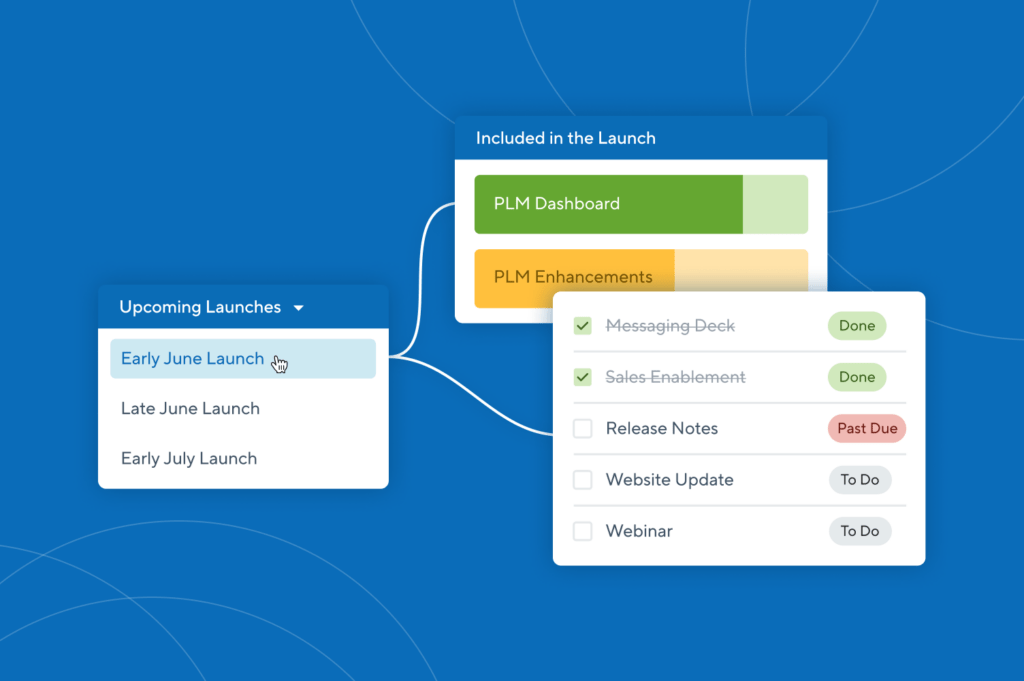
Empathy. You’ve heard it’s an essential skill for product managers, marketing managers, and UX teams. But how can you put empathy into practice when engaging with customers and prospects?
Empathy is a way of understanding your customers’ underlying needs and motivations. I believe that empathy can lead you to build a better product and then explain to the world why you’re building it.
I think of empathy as listening closely but also as a way of asking better questions that matter.
Here are a few tips and examples you can use during your customer interviews to arrive at unique insights you wouldn’t have otherwise – and ultimately build great products.
Understand How Customers Define Success
A good place to start is by asking questions to help understand a customer’s motivation to solve a problem. If your product is B2B, you want to understand what they want to achieve with their business and the metrics they use to measure success. In B2B, it’s important to remember that “customers” are not businesses but people.
Here’s an example: When I was helping to validate the product that eventually became AppFolio, we scheduled several long conversations and in-person visits with our target business owners. We wanted to learn about the products they used but also to understand what they wanted to achieve with their business.
At first, we assumed that they wanted to make more money. That often was true, but frequently we heard something different. Many simply wanted to maintain the business but run it more efficiently so they could have more free time (we heard about golfing on Fridays more than once). Others wanted to build a sustainable business they could pass on to their son or daughter.
By understanding these motivations through empathetic questioning, we could build a product and compelling value proposition that resonated with our target customer.
For your customers, ask the basic questions that illuminate success metrics – for example:
- “Why did you start this business?”
- “How did you get into this job?”
- “How do you know you have had a successful year?”
Understand How They are Solving Problems Today
When talking with prospects, ask for examples of how they solve their problems today. If they are currently your customer, they may be supplementing your solution with other solutions—this is essential to understand. You can discover great product opportunities when customers are cobbling together multiple solutions (including spreadsheets and paper) to solve the problem.
For B2B products, there is no better option than being in their office to see the systems, workflow (and problems) first-hand. You can also see nonverbal cues. Phone interviews are fine, but seeing stacks of paper, wall charts, sticky notes, and other workarounds can give your team inspiration for innovative ways to solve the problem.
Uncover the True Motivators
As a product manager, you already know it’s crucial to uncover pain. But sometimes, customers and prospects tell you what you want to hear. Or tell you something is important when it’s actually not very high on their priority list. Asking the right questions can help you get to the true motivators.
Here’s an example: When researching the concept that became ProductPlan, we interviewed dozens of product managers to understand their product roadmapping process. As a result, we uncovered a lot of pain and motivation to change an ineffective process dominated by spreadsheets and presentation tools.
But we learned that the challenge for them wasn’t only about saving time and getting out from under the burden of Excel and PowerPoint. By asking the right questions and listening closely, we understood that it was also about creating a compelling vision and looking good in front of stakeholders and executives. As a result, our product roadmap software looks beautiful and delivers on speed and ease of use.
The best way to uncover true motivators is with open-ended questions. Using “why” and “how” are great tools to use often. Couple that with listening closely, and you are on the right track.

A Few More Tips for Empathy
- Listen to their language. Listen closely to the way that customers phrase their problems and their domain space. Then, use that language when talking with them. These descriptions and words can not only provide you with a way of discussing issues in a common language, but you can later use this language to describe your product and build out value propositions that resonate.
- Debrief after each interview. If you can, interview in pairs or as part of a team. Take notes and have a follow-up discussion to document what each of you heard. I guarantee that you heard things differently.
- Let customers answer questions themselves. Don’t prompt them with suggested answers. Instead, give them time to answer the question. Sometimes uncomfortable silence is good and will yield responses you might not have gotten otherwise.
I’ve seen first-hand how empathetic questioning and listening can help uncover true motivations and provide a path to better products. It’s also great to let customers know that we care enough to truly understand them.
Continue exploring
You can search or explore specific categories
Try typing “How to become a better Product Manager”


